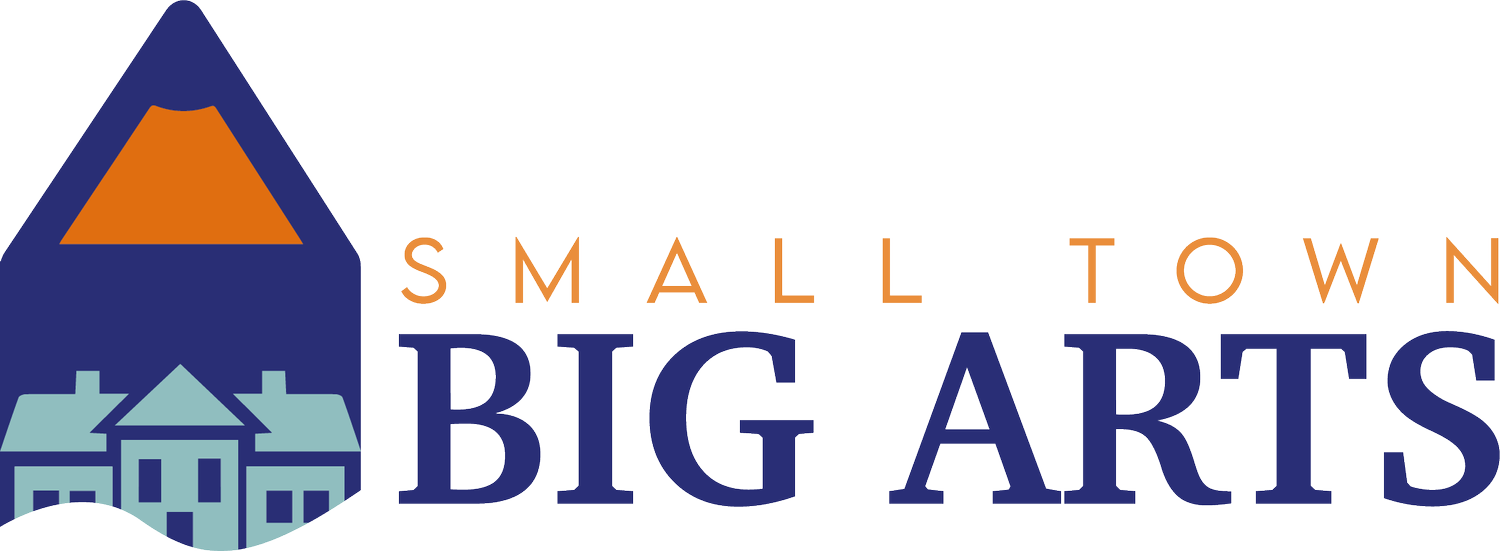Wormfarm Institute: Sauk County, WI (pop. 65,000)
I had the honor of meeting Donna Neuwirth through the National Arts Strategies Chief Executive Program in 2014. Donna is the founder and Executive Director of Wormfarm Institute in Sauk County, Wisconsin (pop. 65,000 ). If you have heard of Wormfarm Institute that is because they are a national leader in rural creative placemaking. They have received NEA Our Town funding as well as an ArtPlace America grant (two of the most prestigious awards for creative placemaking). They describe themselves as “an evolving laboratory of the arts and ecology and fertile ground for creative work.” Their work explores the links between urban and rural communities within and beyond the food chain, creating opportunities for cross-sector collaboration. They have brought together farming, conservation, and the arts in a beautiful way. Their goal; to “rekindle the cultural and enhance the economic possibilities of our region while celebrating its unique natural and human history.”
If you don’t know about Wormfarm Institute and you are delivering the arts in a smaller community, you must. They are a fantastic model of how to approach artistic work work in a rural setting. The approach as Donna stated in our podcast episode is one of “abundance” and not scarcity. It can be easy to fall into a scarcity mindset when producing the arts in a smaller community. One can get pulled into a narrative that there are limited resources to produce work and that there are fewer people to engage with the work. Wormfarm Institute at its core has embraced what it has lots of. This includes beautiful landscapes, local agriculture, and a unique location and by embracing who they are and what they do have their annual Farm/Art DTour attracts 22,000 people to rural Sauk County each year.
Also at their core is bringing together the rural and the urban. I think this is an important model for those who are providing the arts in smaller communities. The reasons for this are many.
1. Cultural Value. We are at a moment when the divide that exists between rural and urban communities is dangerous. This divide is being exploited by politicians and media outlets for fleeting power and money but is not good for the longterm health of our country. The arts are a fantastic means to create meaningful engagement and force all of us to reevaluate our perceptions of those from other cultures (which I think exists unfairly on BOTH sides of the political spectrum. Donna mentioned the idea of being in the “radical middle”). A mission built on closing this dangerous cultural divide provides meaningful value to our society.
2. Inspiration. Urban artists and audiences will be inspired and rejuvenated by rural settings. Urban life is hard. Rural communities provide a respite from the everyday hustle, noise and energy of living in a city. People want to escape, breath, and unplug from their everyday. You are living in an important asset, not just for your local community but to those from the outside. These outsiders could be visiting artists or visiting audiences and serve as a boost to you and your local economy.
3. Funding. So much of our funding comes from the value we provide those who are providing the funds. If your mission serves both your locale and those in major urban markets, your funding sources just expanded. To my first two points, your mission of arts delivery could be serving a larger cause of bridging cultural divides and could draw the engagement of artists, audiences and funders from outside your own community.
All in all, please visit the Wormfarm Institute’s website and explore. Above all, visit them and attend their inspiring Farm/Art DTour. Their use of fermentation as a metaphor for the transformative qualities of the arts and agriculture is truly inspiring.

